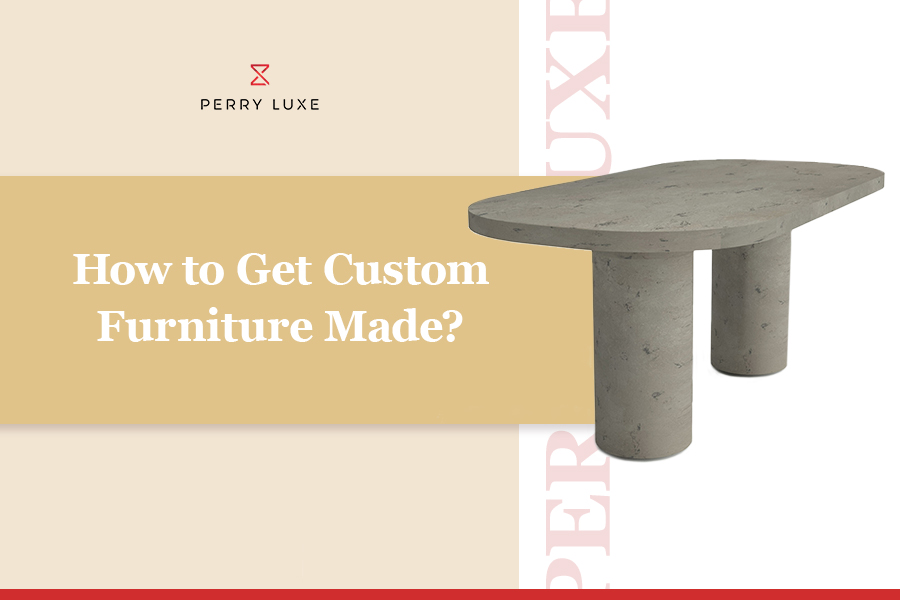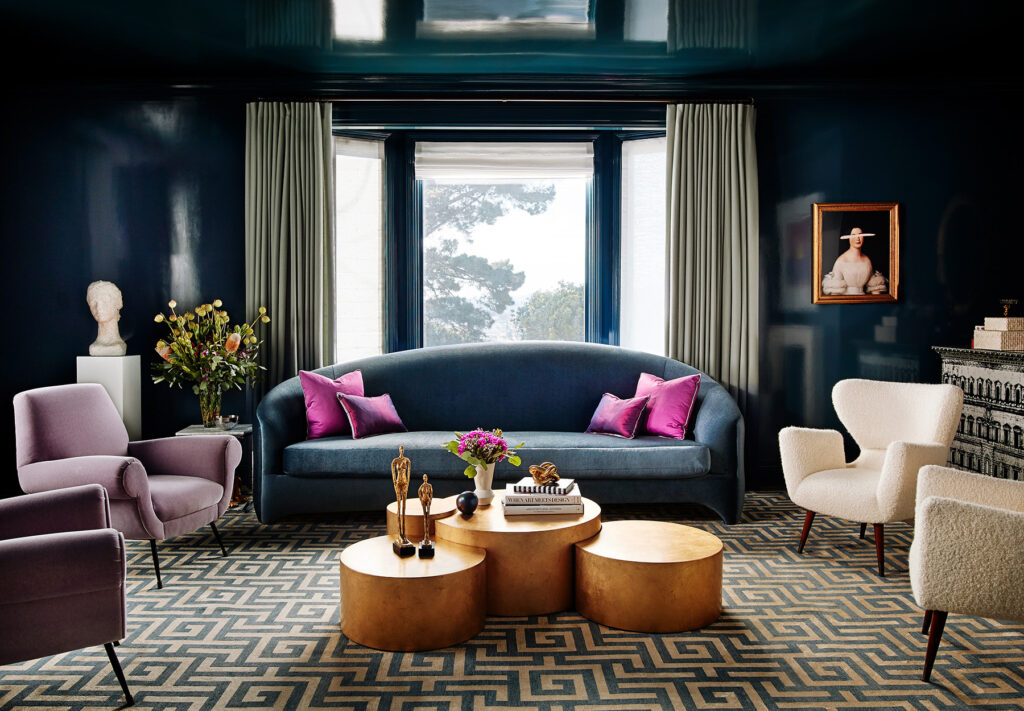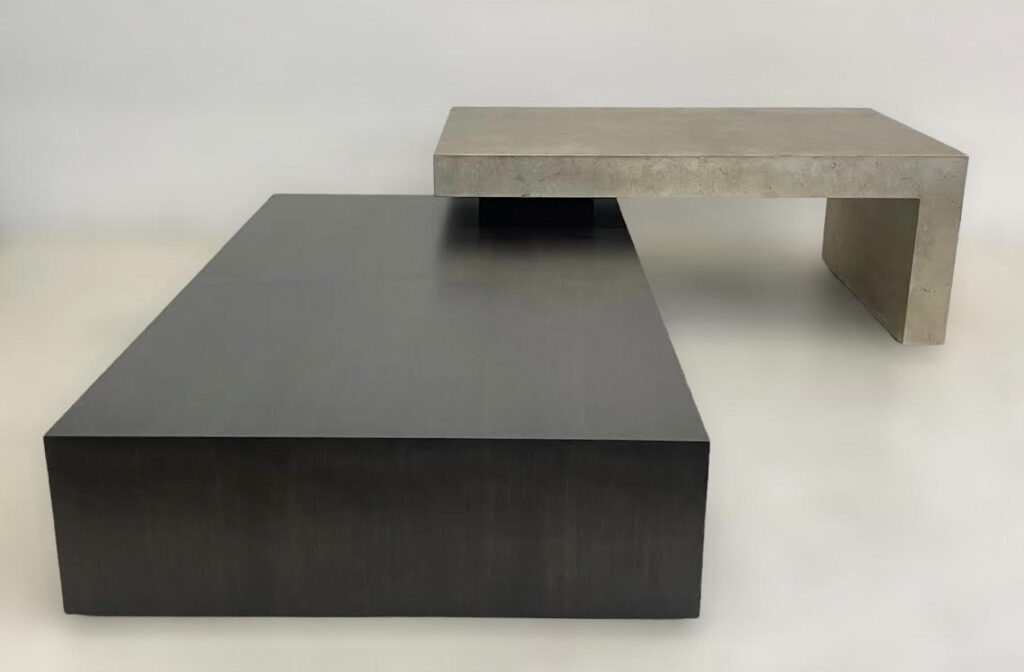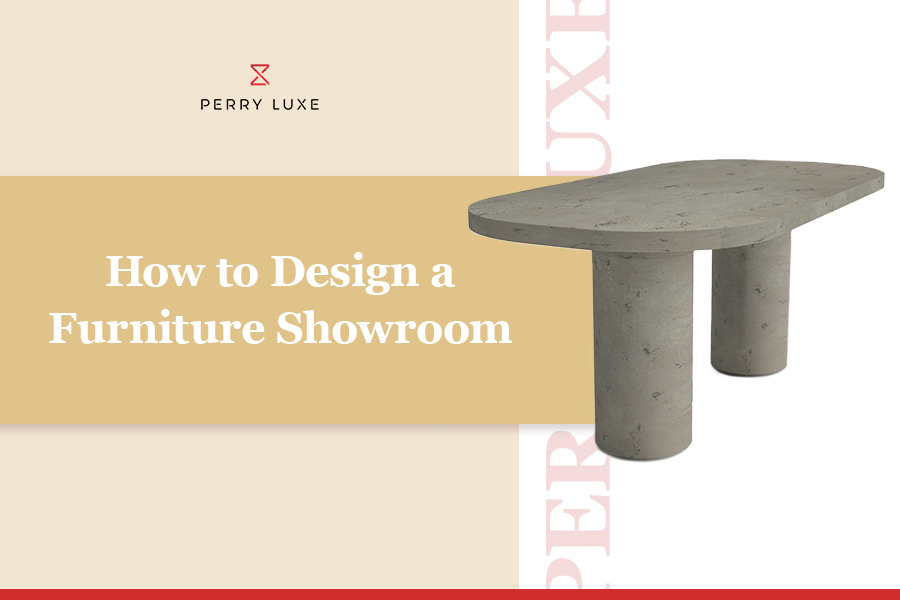How to Get Custom Furniture Made

Custom furniture is a cornerstone of sophisticated interior design. It seamlessly blends artistry and functionality, while surpassing the limitations of many off-the-shelf pieces. But, how can you turn this creative vision into a modern, tangible creation? Learn how to get custom furniture made in this guide!
Explore our expert tips to navigate the custom furniture creation journey with confidence. Whether you are a designer, architect, or builder, understanding this process is crucial for delivering exceptional results and leaving a lasting impact.

Exploring Custom Furniture
Custom furniture provides designers with unparalleled creative freedom. These pieces can transform any living area and give it a unique feel, ideally reflecting the client’s needs and aesthetic.
Are you wondering where to get custom furniture? You have several options depending on your needs, preferences, and budget:
- Local furniture makers and craftsmen
- Design studios and furniture showrooms
- Online custom furniture retailers
- Architectural and design firms
- Trade shows and design events
By exploring these avenues, you can find the perfect custom furniture pieces to enhance any space with style and functionality.
How to Get Custom Furniture Made
When considering how to get custom furniture made, one key aspect to explore is the option of furniture to the trade. This approach grants you access to various custom solutions and exclusive designs that can significantly enhance your projects.
Custom furniture is not only distinctive but often highly practical, durable, and sustainable. Working with skilled craftsmen ensures that each piece is created from superior materials, turning artistic visions into functional furniture.
Such furniture allows you to transform any space according to your vision, which is crucial for every professional designer. Now, here is how to get custom furniture made and master the art of creating awe-inspiring interior designs:
1. Define your vision
Getting custom furniture made is a rewarding process. It allows for crafting pieces that are aesthetically pleasing and functional. By adding a unique touch with careful planning and attention to detail, you can easily enhance the beauty of any space.
Purpose and functionality
The first step in how to get furniture made is to clearly define your vision. Determine how you will incorporate the furniture into the space. Are you looking for a statement piece for the living room or a functional storage solution in the kitchen?
Or, do you need something that will seamlessly blend with the interior of your office? Measure the space and ensure the perfect fit. We recommend you consider these aspects to develop a clear concept that will make the design process more efficient.
Style and aesthetics
Think about the style that best suits your project. Whether you are aiming for a modern, traditional, rustic, or eclectic design, it is crucial to ensure the pieces align with the overall aesthetic of the space. To refine your vision, seek inspiration from furniture stores, design magazines, or online resources.

Materials and finishes
Choosing suitable materials and finishes is essential for achieving the desired look and ensuring the furniture’s durability. That said, consider opting for materials that not only look good but also serve practical purposes.
For instance, different woods offer varying styles and levels of durability. The fabrics you pick should also complement the interior decor and withstand daily use.
You can opt for finishes like stains, paints, or varnishes to protect the furniture and enhance its appearance. From hardwoods and metals to upholstery materials, suitable materials can elevate both the look and the longevity of your custom pieces.
2. Choose the right manufacturer
Creating high-quality furniture goes beyond visual appeal. You should choose a proper manufacturer to achieve exceptional results. To do that, consider these factors:
- Reputation and experience – Evaluate manufacturers based on their reputation and experience in crafting custom furniture. Seek recommendations or check online reviews to assess the quality of their work. Well-established manufacturers are likely to possess the necessary knowledge and skills to handle complex projects and meet your expectations.
- Craftsmanship and quality – Examine their previous work to ensure it aligns with your design concept. If possible, maintain close oversight during the furniture production phase and address any issues promptly.
- Production checks – Request regular updates and assess the quality of the work of the manufacturers. Consider asking for samples or visiting the workshop to examine their work firsthand. Verify the furniture aligns with your standards and specifications.
- Timelines and budget – Discuss timelines and budgets upfront to ensure they suit your project’s requirements. Clear and open communication with the craftsman helps avoid any misunderstandings and surprises.
3. Develop a detailed plan and prototype
With your vision and manufacturer in place, the next step is to focus on detailed planning and prototyping. This includes developing precise drawings and specifications regarding dimensions, materials, finishes, and special features.
Schedule a meeting with the craftsman and provide sketches, inspirational images, and detailed descriptions of your designs. Ask for material recommendations and cost estimates to make informed decisions.
4. Review and finalize
Before production begins, it is vital to review and finalize all design details. Ensure you have a written agreement outlining all furniture characteristics. Also, confirm realistic timelines for completion and ensure you are comfortable with the payment terms.

5. Installation and adjustments
The final stage involves the installation of your furniture and making necessary adjustments. You should allow experienced professionals to handle the complexities of custom pieces.
After installation, check whether there is a need to address any issues promptly with the manufacturer. Once everything is settled, you can enjoy integrating the new furniture into the desired space.
Conclusion
Getting custom furniture is an opportunity to elevate your projects with tailored solutions that perfectly fit your design vision and functional requirements. By collaborating with skilled craftsmen, defining precise needs, and selecting quality materials, you ensure the creation of pieces that enhance both aesthetics and utility.
Custom furniture not only adds a distinctive touch to your designs but also reflects your commitment to delivering exceptional, personalized results for your clients. With a clear understanding of how to get custom furniture made, you can embrace the process and let the unique pieces transform your projects into truly stand-out spaces.
Interior Design Business
How to Design a Furniture Showroom
Imagine stepping into a space where every piece of furniture is thoughtfully arranged to blend comfort and style. The li...
READ MORE
